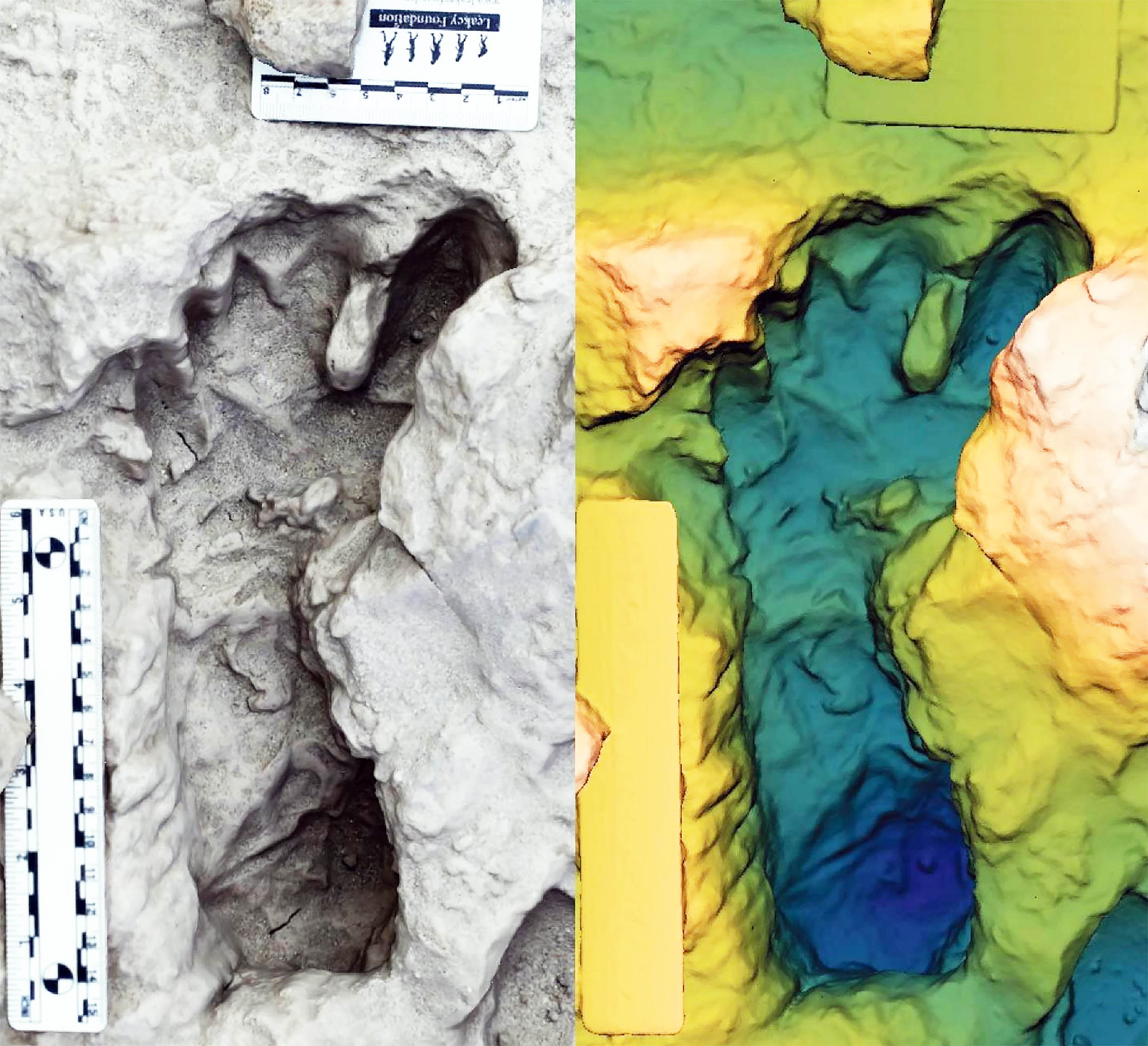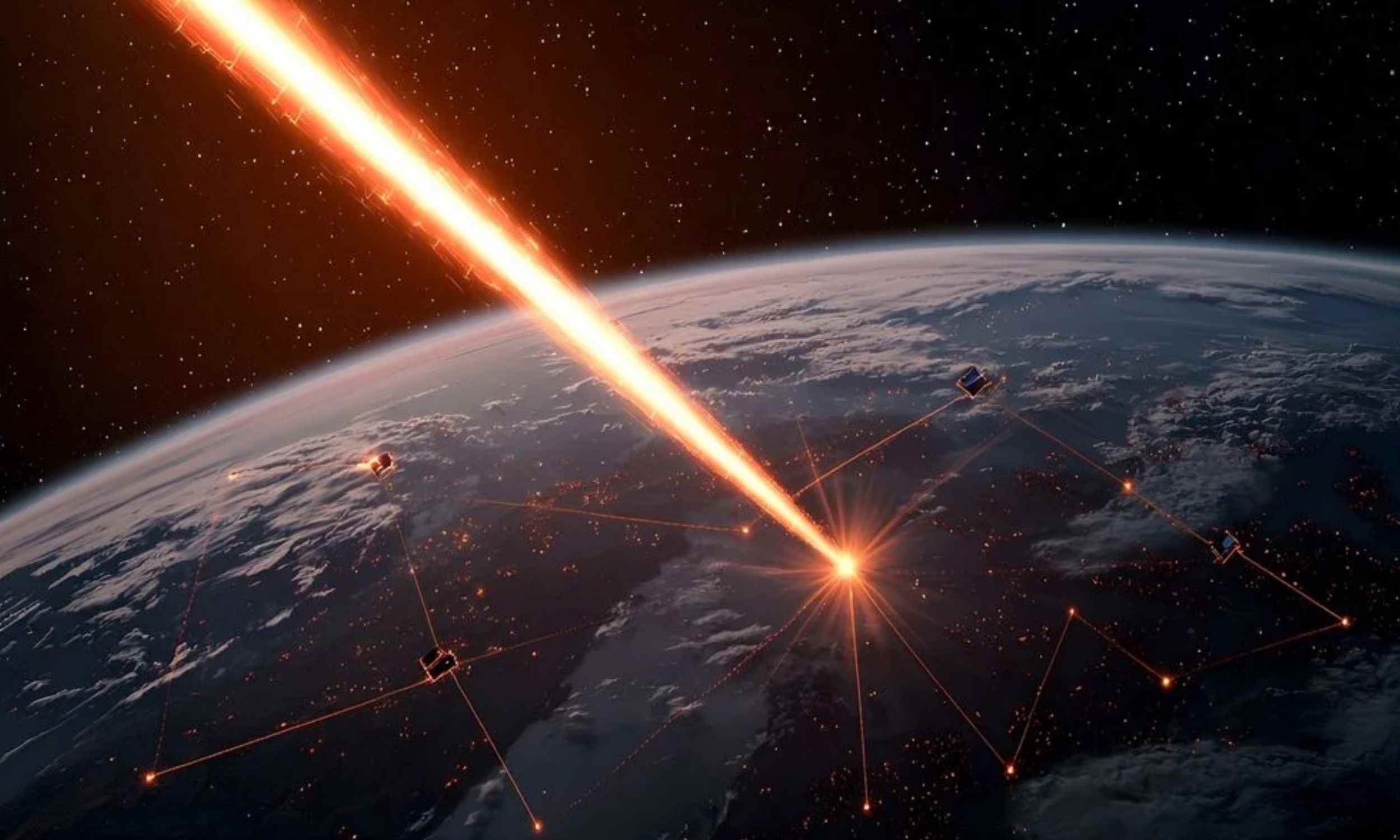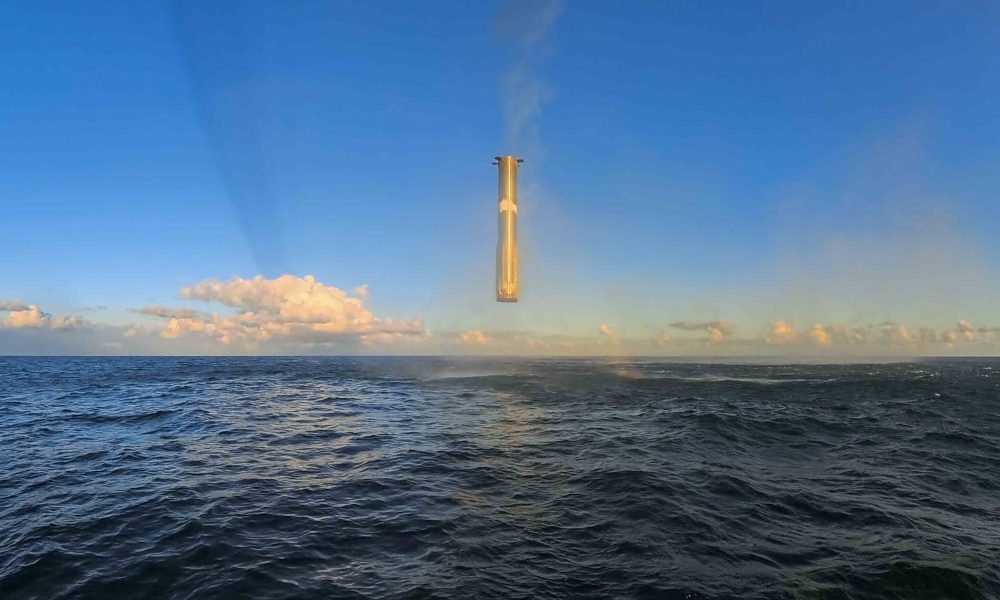Is Iran's Taftan Volcano About to Erupt After 710,000 Years? Experts Say It's Dormant!

Have you ever thought a volcano could wake up after nearly 710,000 years of silence? Well, Iran's Taftan volcano is challenging everything we know about geological timelines. Once deemed extinct, this mighty giant is now displaying signs of life, leaving scientists both excited and a bit anxious.
Located near the border with Pakistan, Taftan has recently shown significant ground uplift, rising nearly 3.5 inches between July 2023 and May 2024. This dramatic change has been captured in a study published on October 7 in the prestigious Journal of Geophysical Research Letters, where researchers revealed that this uptick in elevation is not just a fluke—it indicates a gas pressure build-up beneath the volcano's surface.
In geological terms, a volcano is classified as 'extinct' if it hasn't erupted since the Holocene era, which started around 11,700 years ago. However, new findings push Taftan into a new category: dormant. This monumental shift in understanding raises questions about what else we might have misclassified across the globe.
Pablo Gonzalez, a volcanologist at the Institute of Natural Products and Agrobiology in Spain and senior author of the study, stressed the need for close monitoring of Taftan. Previously, this volcano was never considered a threat to humans, but that perspective could change rapidly.
Despite having no recorded eruptions in known human history, Taftan was reported to have emitted gas in early 2023, which could be sensed from the city of Khash, located roughly 31 miles away. This raises alarm bells, as it signals that the sleeping giant could very well be stirring, even if it has been relatively quiet since its last known activity in 2020.
Additionally, doctoral student Mohammad Hossein Mohammadnia, who is working under Gonzalez, discovered through satellite imagery that the cause of this uplift lies between 490 to 630 meters below the surface. What's truly alarming is that the magma itself is situated nearly two miles down, suggesting that the pressure is coming from much deeper than the uplift itself.
While both Gonzalez and Mohammadnia clarified that their findings are not intended to incite panic, they do advocate for regional governments to prepare for potential monitoring. After all, the Taftan volcano’s sudden awakening could redefine what we know about volcanic activity in the region.

















